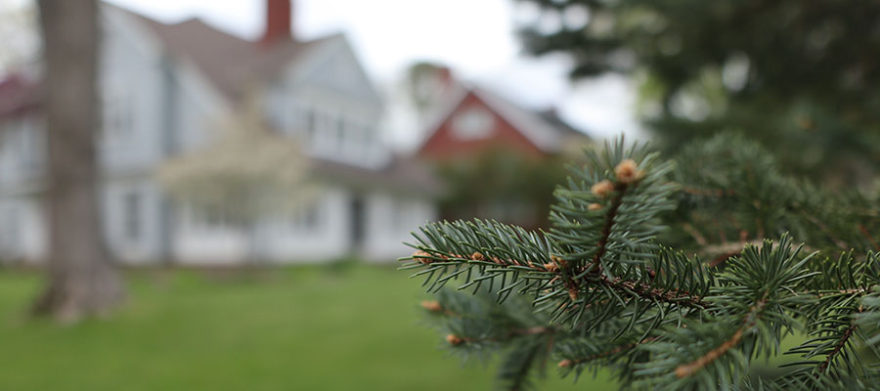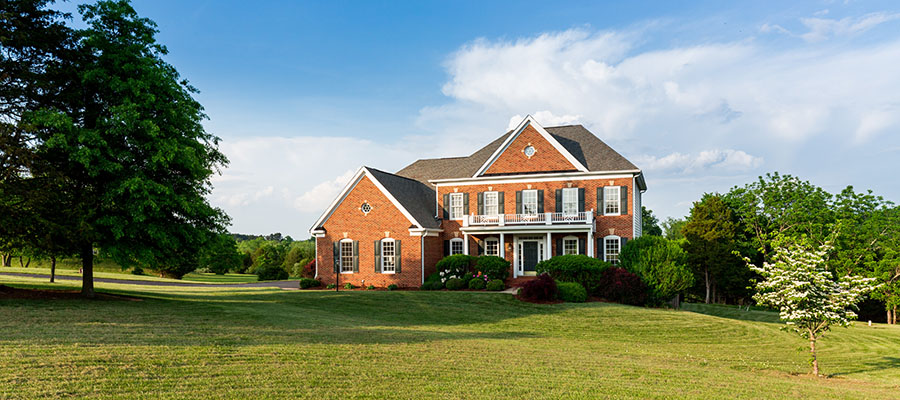
Storms of any variety can cause great damage to your trees. Sometimes older and more susceptible trees may not survive a strong storm. Preventative care is usually the best way to reduce damage to your trees during blizzards or thunderstorms. By working with a Hunting Valley tree company like Vancuren Tree Service, you can get the best preventive care for your trees or help with repair or removal if they are damaged in a storm.
Storms can bring lots of problems for your trees. High winds, ice, or snow can result in damage, loss, risky situations, and liabilities to your trees and property. The level of risk and likelihood of survival are the two main considerations when it comes to responding to this damage. This means that if a tree is likely to endanger people or the property, it should be removed without question. However, if the risk from the damage is “acceptable”, and the damage to the tree is not life threatening, it may be possible to save the tree and reduce the risk of danger.
When storms occur, trees get damaged in a few ways.
Wind throw is when the whole tree is blown over by high winds. This occurs when the force of the wind is too great for the root system to handle. The root system may not be able to handle this because of previous damage caused by construction or inadequate maintenance. This leads to poor anchorage. Before a storm occurs, the roots should be inspected for fungus, exposed roots, or lifting. If a larger or mature tree has been uprooted, it is usually not salvageable. Trees in soil saturated by heavy rain can also be more prone to wind throw.
Crown twist occurs when high winds load on a lopsided crown, causing major branches and the stem to twist and suffer from damage. This results in splitting and cracking of branches. If this occurs near old wounds or other defects, it can lead to the tree failing. To mitigate damage from crown twist, inspect the tree closely. Subtle cracks and defects can be difficult to spot. This damage is usually easy to deal with if it occurs in the branches, but much harder if the trunk is affected.
Stem failure is common if the tree trunk is already damaged. It may fail under excessive winds, rainfall, snow, or ice. This usually cannot be repaired. When inspecting the tree, you should look for decayed areas, cavities, nesting holes, and fungus.
Root failure can also occur. When inspecting, look for heaving soil and roots close to the trunk. Also look for pulled or broken roots and mushrooms. The risk of damage may be able to be reduced depending on the tree’s age, size, and how much of the root system is exposed. When damage occurs, young trees with healthy roots can usually be fixed with supplemental support. However, if more than 30% of the root system is exposed, it may be better to remove the tree.
Branch failure can be easily fixed but can also be risky. The best thing to do is to prune before storms to prevent weak branches from damaging the tree and other structures.
While it is impossible to “protect” a tree from a storm, you can minimize the risk of damage. One of the best things to do is to allow a tree to grow naturally so it can adjust to its environmental conditions. Pruning is a very important aspect of preventative care as well. Inspect the trees regularly for broken, diseased, or dead branches.

To properly take care of your trees before or after a storm, the best option is always working with a certified arborist. VanCuren knows trees and is experienced in serving the Cleveland area. Contact our experts today!